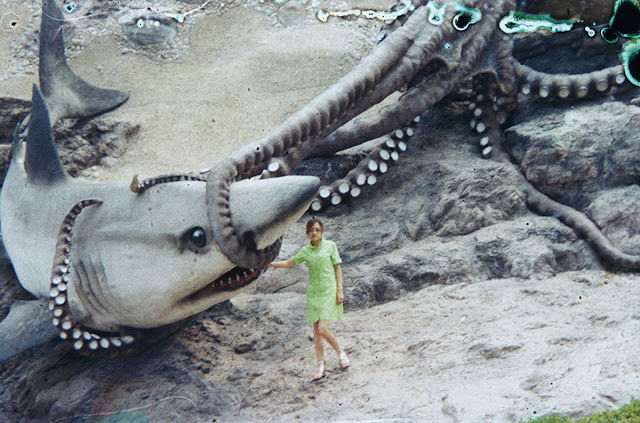Alfredo James Pacino was born in the East Harlem neighborhood of Manhattan, New York City, on April 25, 1940, the only child of Sicilian Italian-American parents Rose (née Gerardi) and Salvatore Pacino. His parents divorced when he was two years old. He then moved with his mother to the South Bronx to live with her parents, Kate and James Gerardi, who were Italian emigrants from Corleone.
In his teenage years, Pacino was known as “Sonny” to his friends. He had ambitions to become a baseball player and was also nicknamed “The Actor.” He attended Herman Ridder Junior High School, but soon dropped out of most of his classes except for English. He subsequently attended the High School of Performing Arts, after gaining admission by audition. His mother disagreed with his decision and, after an argument, he left home. To finance his acting studies, Pacino took low-paying jobs as a messenger, busboy, janitor, and postal clerk, as well as once working in the mailroom for Commentary.
Pacino began smoking and drinking at age nine, and used marijuana casually at age 13, but he abstained from hard drugs. His two closest friends died from drug abuse at the ages of 19 and 30. Growing up in the South Bronx, Pacino got into occasional fights and was considered somewhat of a troublemaker at school. He acted in basement plays in New York’s theatrical underground, but was rejected as a teenager by the Actors Studio. Instead, Pacino joined the HB Studio, where he met acting teacher Charlie Laughton, who became his mentor and best friend. In this period, he was often unemployed or homeless, and sometimes slept on the street, in theaters, or at a friend’s home.
In 1962, Pacino’s mother died at the age of 43. The following year, his maternal grandfather also died. Pacino recalled it as the lowest point of his life and said, “I was 22 and the two most influential people in my life had gone, so that sent me into a tailspin.”
After four years at HB Studio, Pacino successfully auditioned for the Actors Studio. The Actors Studio is a membership organization of professional actors, theater directors, and playwrights in the Hell’s Kitchen neighborhood of Manhattan. Pacino studied “method acting” under acting coach Lee Strasberg, who appeared with Pacino in the films The Godfather Part II and in ...And Justice for All.
During later interviews, he spoke about Strasberg and the Studio’s effect on his career. “The Actors Studio meant so much to me in my life. Lee Strasberg hasn’t been given the credit he deserves ... Next to Charlie, it sort of launched me. It really did. That was a remarkable turning point in my life. It was directly responsible for getting me to quit all those jobs and just stay acting.” In another interview he added, “It was exciting to work for him [Lee Strasberg] because he was so interesting when he talked about a scene or talked about people. One would just want to hear him talk, because things he would say, you’d never heard before ... He had such a great understanding ... he loved actors so much.”








































